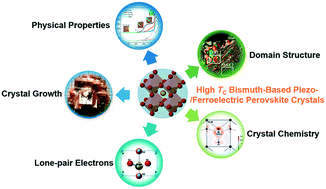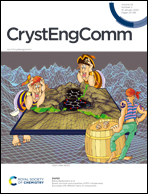High Curie temperature bismuth-based piezo-/ferroelectric single crystals of complex perovskite structure: recent progress and perspectives
Abstract
Piezo-/ferroelectrics are essential materials for electromechanical sensors and actuators and energy harvesters in a wide range of technological applications. The demand for piezo-/ferroelectric materials with high Curie temperature (TC) arises from numerous emerging applications such as downhole oil and gas explorations, automobiles, petrochemistry, metallurgy, and nuclear energy and aerospace industries, in which the electromechanical devices have to operate at elevated temperatures. However, it is a long-standing challenge to simultaneously obtain high piezoelectricity and high TC. Recently, significant progress has been made on bismuth-based piezo-/ferroelectric single crystals (BPSCs) which show excellent piezoelectric performance and high TC, proving to be a promising family of novel materials for high-temperature electromechanical applications. In this highlight, we review the recent progress in BPSCs with focus on materials design, crystal growth, physical properties, crystal chemistry, and complex domain structures. In addition, the future perspectives of BPSCs are discussed.

- This article is part of the themed collection: 2021 Highlight article collection


 Please wait while we load your content...
Please wait while we load your content...
